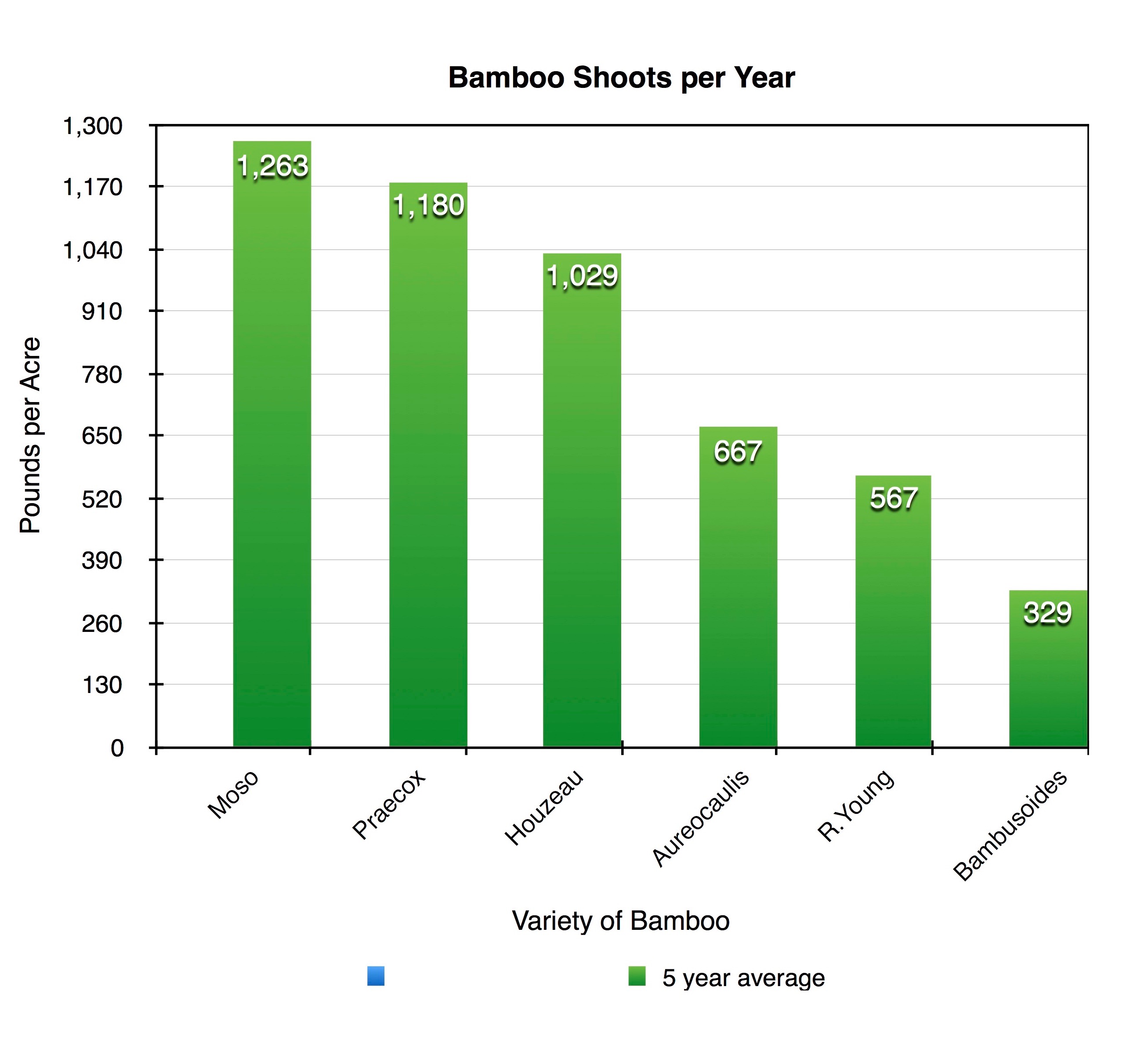

chlorogenic acid (3-(3,4-dihydroxycinnamoyl)quinic acid).

In 2016 OnlyMoso USA initiated large scale commercial farming of Phyllostachys edulis in the United States, in the state of Florida, becoming the first entity to grow mōsō bamboo from seedlings in large scale in the US, including the development of nurseries to ensure a constant supply of viable plants for bamboo farmers. luteosulcata)Ĭultivation in the United States

The most common and well known mode for this plant is asexual reproduction. Phyllostachys edulis spreads using both asexual and sexual reproduction. Moso is less cold-hardy than many phyllostachys, surviving at a reduced height down to 5 degrees Fahrenheit (-15☌). This particular species of bamboo is the most common species used in the bamboo textile industry of China and other countries, for the production of rayon. This bamboo can reach heights of up to 28 m (92 ft).

The edulis part of the Latin name refers to its edible shoots. Give young plants as much light as possible.Phyllostachys edulis, the mōsō bamboo, or tortoise-shell bamboo, or mao zhu ( Chinese: 毛竹 pinyin: máozhú), ( Japanese: モウソウチク), ( Chinese: 孟宗竹) is a temperate species of giant timber bamboo native to China and Taiwan and naturalised elsewhere, including Japan where it is widely distributed from south of Hokkaido to Kagoshima. Germination is very irregular, it can take two weeks, but also a few months. The soil can be covered with plastic foil or glass, and should every now and then be sprayed with water in order to keep it lightly moist. Germination at a day temperature of 20-25 degrees Celcius, and preferably a bit lower during the night. Sowing description: Soak the seeds for 24 hours in lukewarm water, and sow them superficially (the seeds should still be visible) in sowing mixture. A sunny spot would be ideal, and give the bamboo plenty of water. In most gardens the stems will not reach a height of 28 meters, but will still be a very beautiful and decorative bamboo of considerable size. Because the plant easily recovers in the spring, it is a very suitable plant to grow in the garden. The bamboo is hardy up to -20 degC, although some damage can occur during the winter. The species is originally from China and Taiwan, and is known for it’s edible shoots and the use of the fiber in the textile industry. The largest bamboo outside the tropics, with stems up to 25 cm in diameter and 28 meters high.


 0 kommentar(er)
0 kommentar(er)
